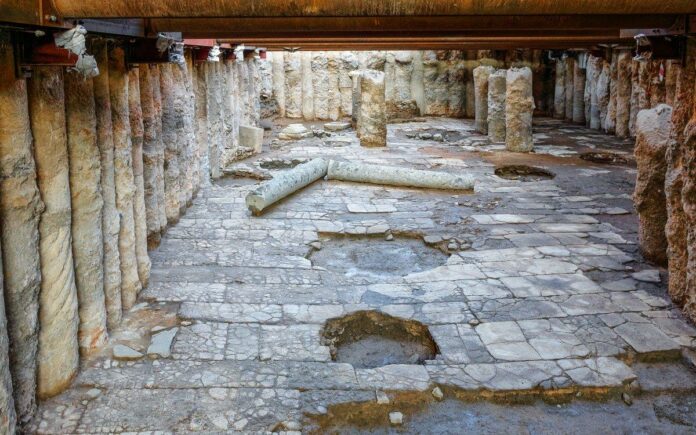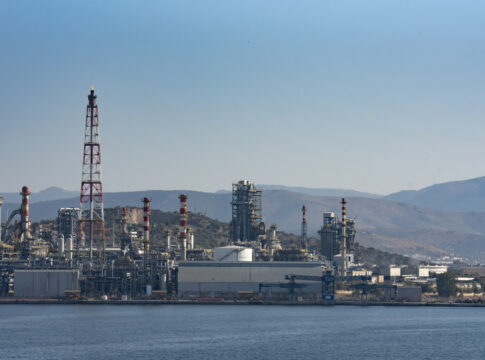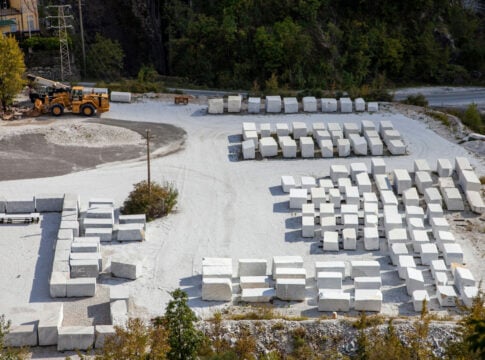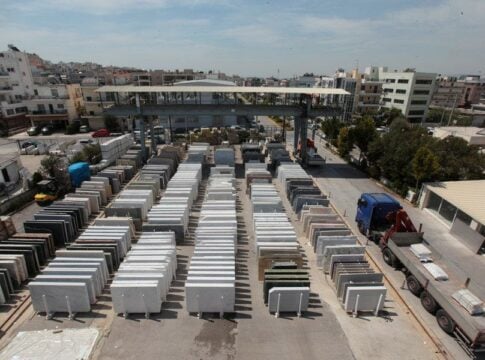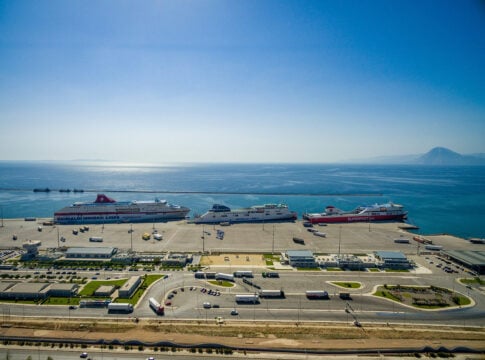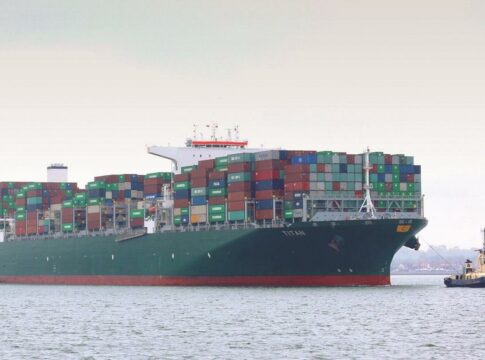The numerous finds and artifacts that were discovered in works for the construction of a long-overdue metro line in the northern city of Thessaloniki were recently detailed at a one-day seminar held in the metropolis.
The on-again, off-again effort to build an underground urban rail line in Greece’s second largest city, by population, began in the late 1980s, only to resume with guaranteed funding over the last decade. One reason for the slow-going construction has been the layers of ancient and medieval history beneath the 23-centuries-old city’s surface.
An exhibition is set for April in order to showcase some of the most prominent movable artifacts discovered during construction, including funereal items, coins, golden wreaths, glass, bronze and clay pottery, as well as photographs and charts showing the city’s development from the 3rd century B.C. down until a major fire in 1917.


